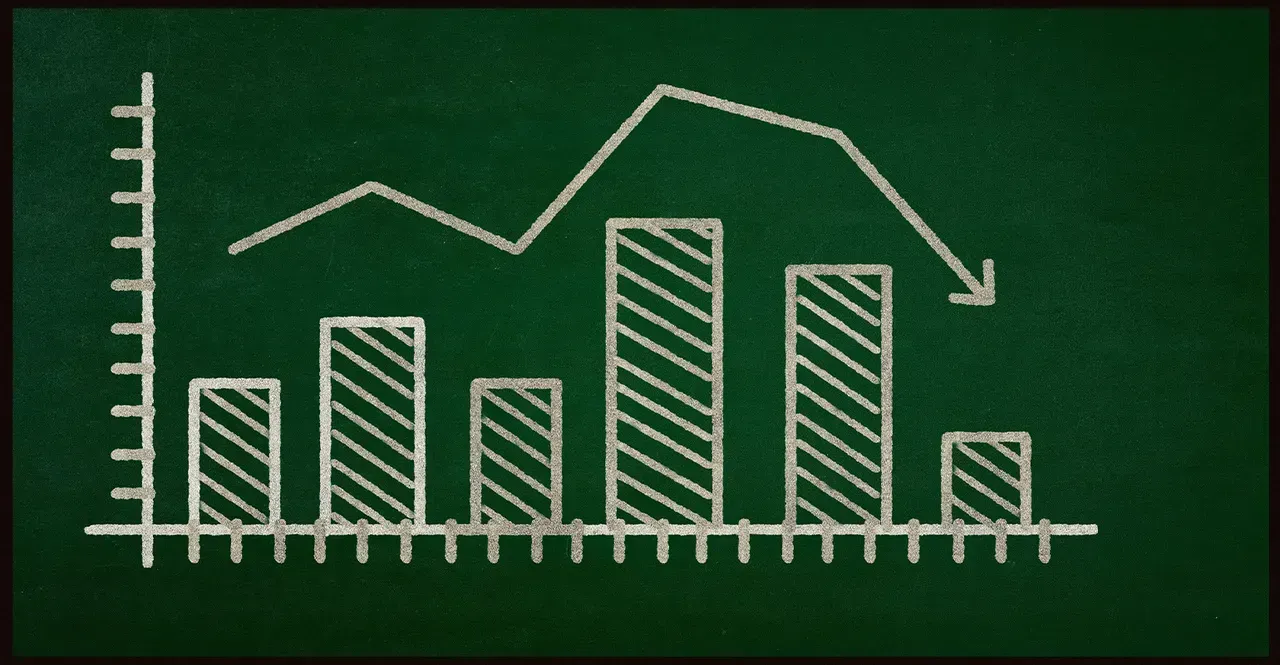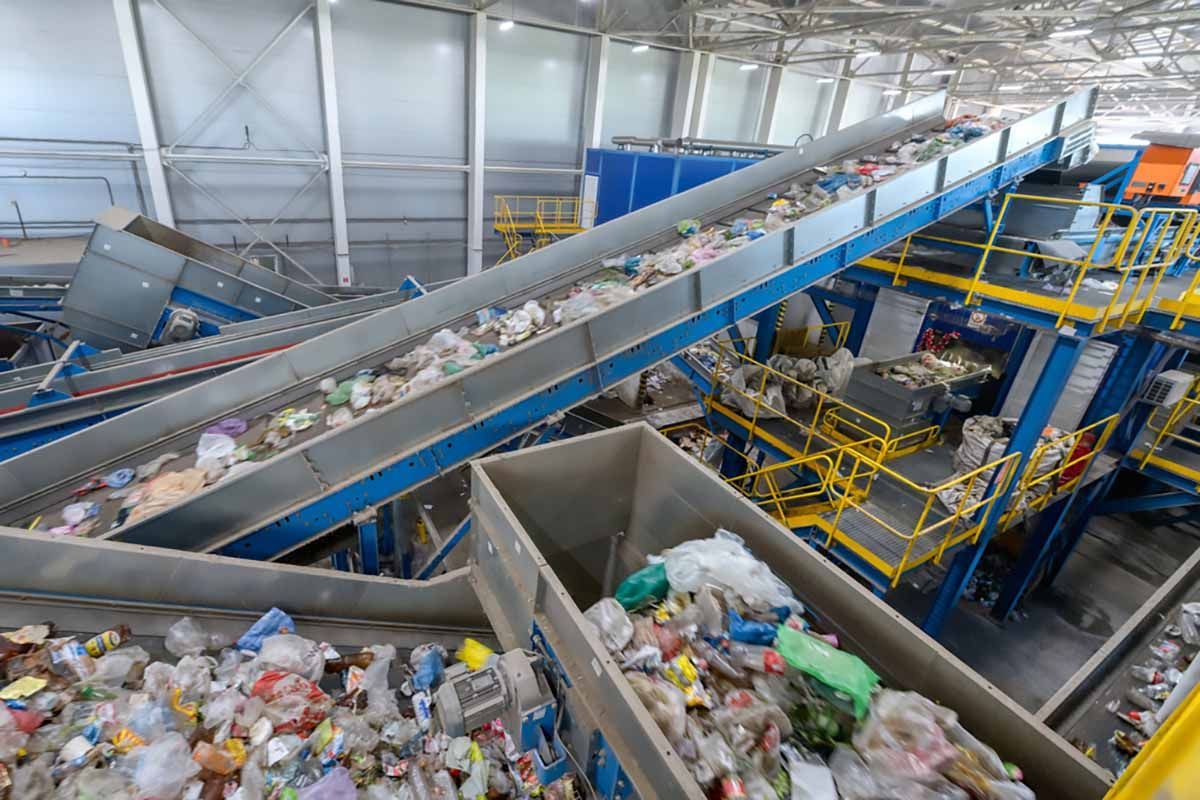Northeast Recycling Council Spring Conference Returns to Pennsylvania for Dynamic Two-Day Discussions on Sustainable Materials Management
Waste Advantage Magazine
The Northeast Recycling Council (NERC) held its Spring Conference from April 30 – May 1 in King of Prussia, PA and offered two days of education, lively discussions, and great networking opportunities. Kicking off the first day of the event, Megan Schulz-Fontes, Executive Director of NERC talked about Earth Day’s focus this year on plastics and how the industry should use this attention from the public to educate and remind the public about the importance of reduction and reuse in addition to recycle, and showcase the amazing work that is being done on materials in addition to plastic. Recycling works best when we see reduction and reuse work together with it. The public is becoming increasingly wary of impacts on their environment and are changing their consumption behavior accordingly. She stressed that regardless of the upcoming results of the November’s election, we need to continue to focus the conversation on the RRR principles and the benefits of incorporating sustainable materials management into corporate strategy and state and municipal policy. Bringing the right people around the table is essential. Schulz-Fontes thanked everyone involved in making the event happen—the development and program manager, senior project manager, board members, committee members, advisory members, sponsors, and attendees. She announced the NERC Annual Fall Conference will be held on October 28-30 in partnership with the Center for Sustainable Materials Management at SUNY ESF in Syracuse, NY.
Day 1: Welcome Remarks and Keynote
Schulz-Fontes introduced Lawrence E. Holley, Director of Bureau of Waste Management for the Pennsylvania Department of Environmental Protection, who provided the welcome remarks.
Holley thanked NERC for bringing the event back to Pennsylvania and said that the partnership is important. He talked about a study they did recently that showed organics made up most of waste stream, and that recycling processing and capacity is a challenge as collection methods are limited because of access and costs. He pointed out that while source separation has the best marketability, there is no one size fits all. Recycling education needs to be strong to complement your recycling program. He discussed how the future of recycling aligns with DEI, serving everyone while seeing the emergence of different cultures. He explained that at the Department, they have even begun to translate their resources into different languages. PA Dutch in particular is a combination of two languages, and because of this, there is a real need for these resources since there is limited access to internet and other materials. With regards to industry retention, she said that while we cannot compete with the private sector regarding pay, we need to think about how we can make employees feel valued. Holley emphasized the economic and environmental impact the industry has—everything associated with it has value. Don’t count on recycling as a true metric for your program, especially considering the changes taking place and the packaging/EPR programs being developed.
Read the full article here.
Share Post





